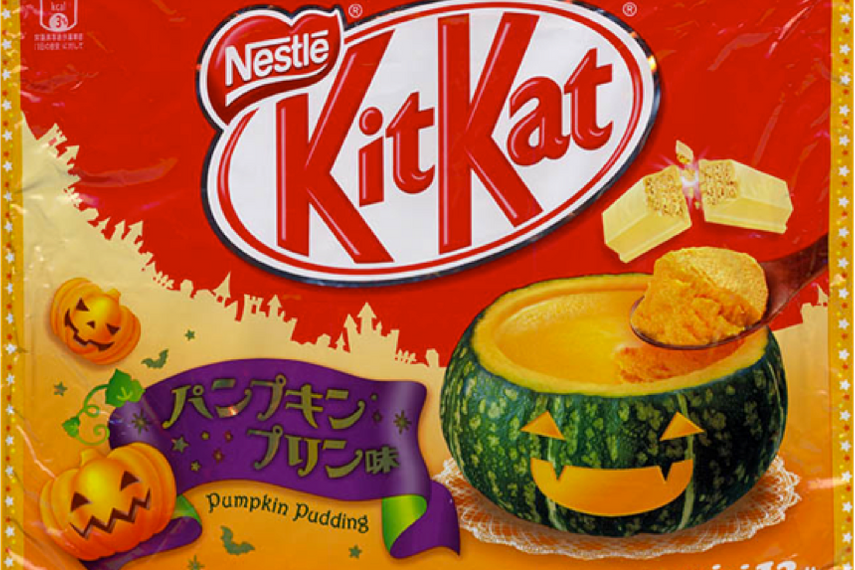
Please sign in or register
Existing users sign in here
Having trouble signing in?
Contact Customer Support at
[email protected]
or call+91 22 69489600
Brand extensions are a tried-and-true marketing tactic, but can easily go awry when eagerness trumps common sense.

Contact Customer Support at
[email protected]
or call+91 22 69489600
Top news, insights and analysis every weekday
Sign up for Campaign Bulletins
Following Omnicom’s acquisition of IPG, Omni is now also powered by assets originally under the latter.
Set to roll out this spring, the global LLM unifies the world’s most advanced AI models into one secure portal.
The new television commercial positions the TVS NTORQ 150 around performance-led riding and racetrack-inspired everyday mobility.
The new tourism campaign positions the state around experiential travel, cultural immersion and discovery beyond conventional destination-led narratives.